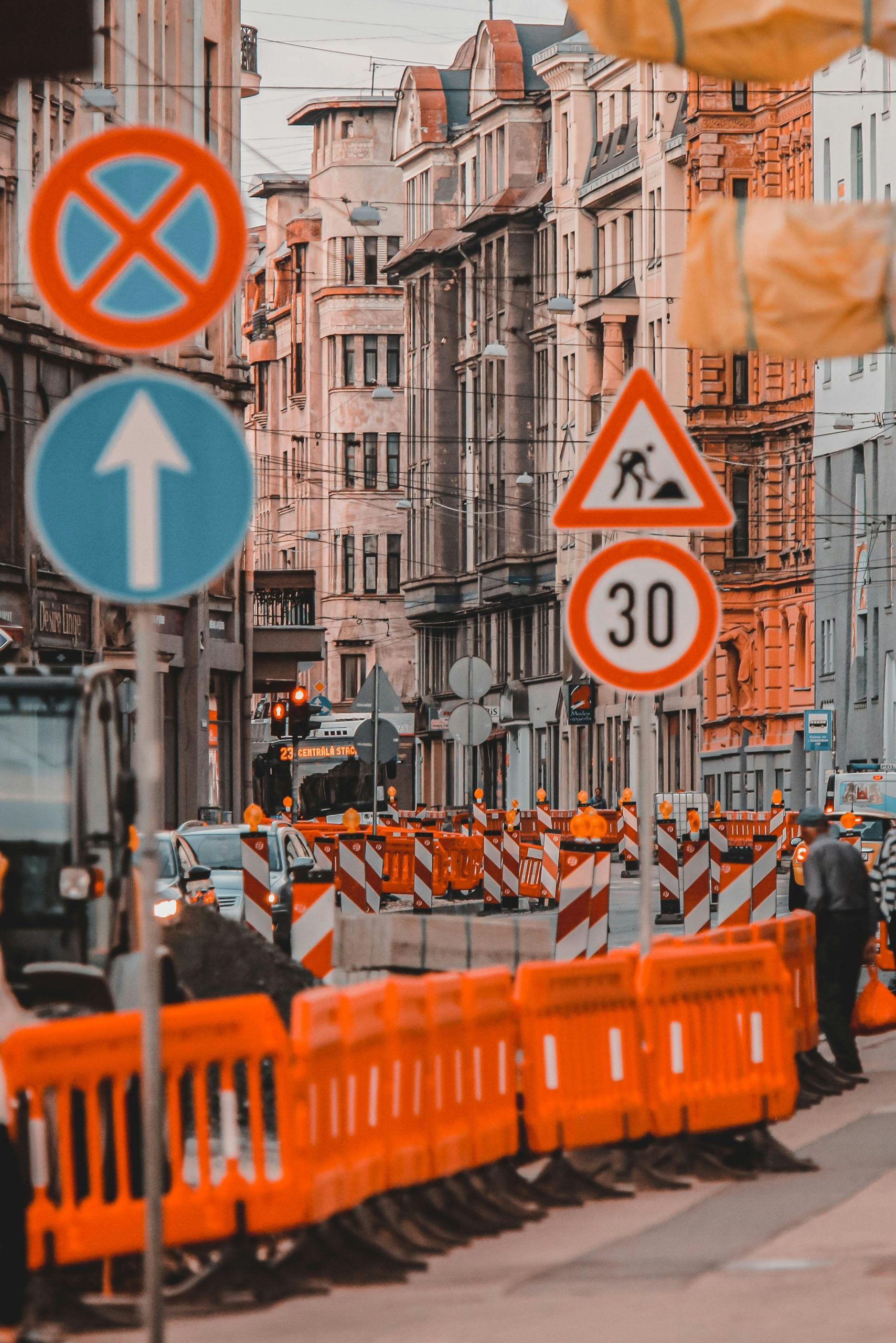UK safety signs play a vital role in maintaining workplace compliance and protecting lives. Their design follows strict regulations, with specific colours and symbols conveying clear messages. Understanding how these signs are manufactured reveals the balance between legal standards, durability, and visibility—ensuring they effectively communicate hazards across diverse environments. This insight helps businesses select the right signage for safety and legal adherence.
Essential UK Safety Signs: Legal Requirements, Types, and Placement Guidelines
Underpinning every workplace safety initiative, safety signage standards originate from the Health and Safety (Safety Signs and Signals) Regulations 1996. These regulations legally mandate that employers and those responsible for public spaces must display clear, standardised signs to warn, instruct, or guide individuals minimising risks through direct visual communication. Workplace compliance requires not only choosing the correct sign but also ensuring its recognisability and location fulfil statutory obligations.
In the same genre : Vallourec smart tubular solutions for energy and industry
UK safety signs fall into distinct types:
- Prohibition signs (red circles for banned actions)
- Warning signs (yellow triangles highlighting hazards)
- Mandatory signs (blue circles for required actions)
- Fire safety signs (red rectangles marking equipment and exits)
- Emergency escape/first-aid signs (green rectangles identifying safe routes or medical stations)
To maintain effectiveness, these signs must remain unambiguous, sufficiently large, and well-lit for maximum visibility from all relevant angles and distances. Placing them at decision points, such as entrances or near hazards, plus regular cleaning and inspection, helps ensure legal adherence and ongoing workplace safety.
Also to see : What Are the Challenges Faced by the UK Business Sector Today?
The Manufacturing Process: Inside UK Safety Sign Production
Raw materials and substrate selection for durability and compliance
The safety signs manufacturing process begins with careful selection of raw materials to ensure robust durability and compliance with regulations on safety signs design. Rigid PVC, aluminium composite, and photoluminescent sheeting are chosen for their resistance and longevity a necessity for demanding industrial and construction environments. Each substrate must meet safety sign size and visibility standards, supporting the vital role of safety signage for industrial sites. Stringent traceability and supplier certifications help guarantee that signs withstand environmental stress while passing periodic signage audit and inspection practices.
Modern manufacturing: digital, screen-printing, and quality assurance for ISO 7010 compliance
Digital printing and screen-printing are the two primary production methods within the safety signs manufacturing process. Screen-printing, using solvent or UV-cured inks, is ideal for volume production, while digital printing allows detailed customisation and rapid turnaround, aligning with best practices for safety sign usage and updated safety symbols and meanings. Rigorous quality control checks maintain ISO 7010 standards, ensuring every color coding in safety signage is consistent for universal comprehension and meets all UK legal expectations.
Customisation, finishing processes, and supplier certifications for guaranteed sign quality
Final stages involve lamination, custom die-cutting, and checks for visibility. Customisation permits site-specific warnings, fine-tuning safety sign installation tips, and furthering signage to help accident prevention. Only certified suppliers, meeting compliance audits, are trusted to deliver signage that endures and supports reliable safety communication.
Practical Applications: Industry Examples, Custom Solutions, and Where to Buy
Construction site safety signs address site-specific hazards such as falling objects, restricted access, and heavy vehicle movements. Displaying workplace hazard signs and fire safety warning signs on scaffolding, barriers, and machinery helps maintain compliance with UK legal requirements for safety signage. Schools and warehouses rely on safety signage for public areas to communicate essential information about evacuation routes, fire extinguisher location signs, and daily hazards.
Custom-made safety signs adapt to unique environments. Facilities can request hazard identification signs that feature company branding or select temporary and permanent formats for multi-phase projects. PPE warnings, mandatory instructions, and signage for machinery—such as noise, chemical, or electrical hazard warnings are common customisable options. Site safety information boards consolidate messages for clarity at high-traffic locations, making compliance and risk communication comprehensive.
A UK safety sign suppliers directory streamlines purchasing. It highlights vetted providers specialising in compliant fire safety warning signs, workplace hazard signs, and construction site safety signs. Guidance on evaluating durability, traceability, and adherence to health and safety sign regulations ensures buyers select signage solutions that support workplace safety compliance and effective hazard identification.







